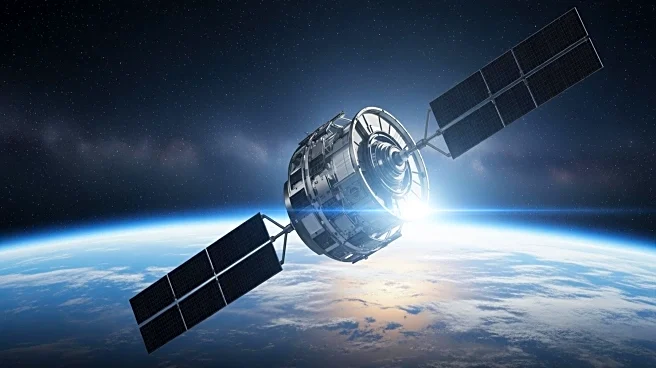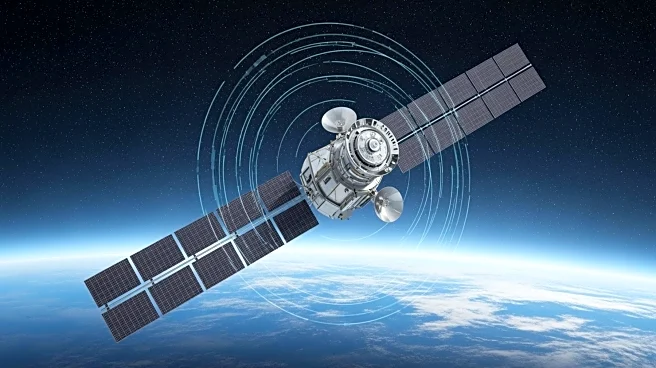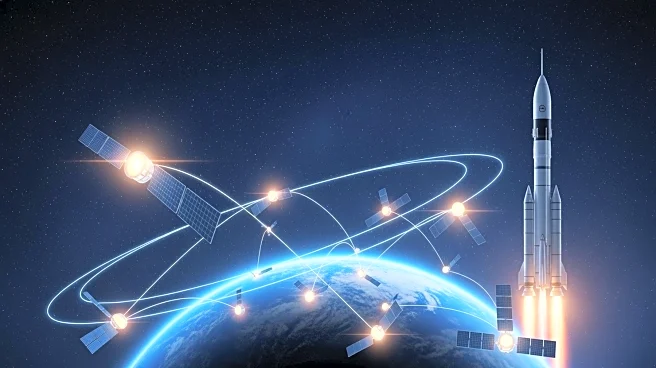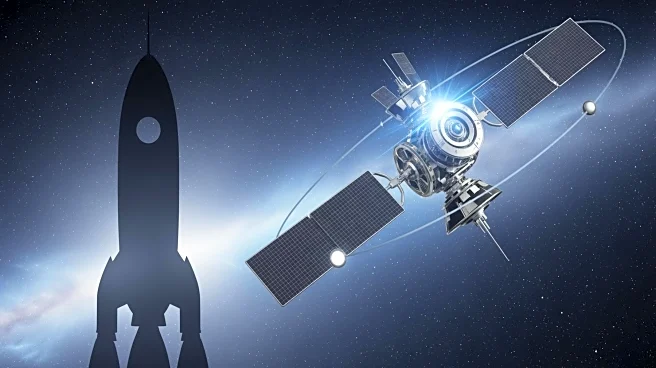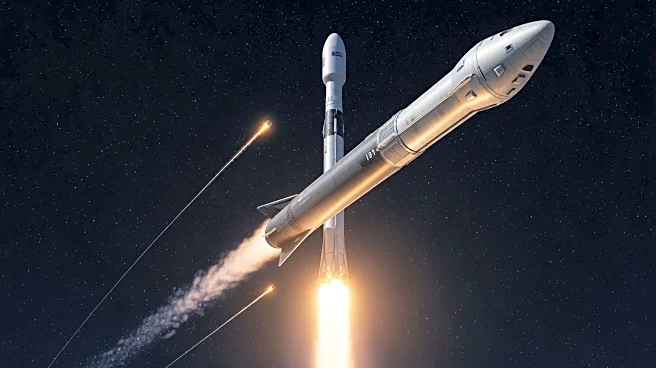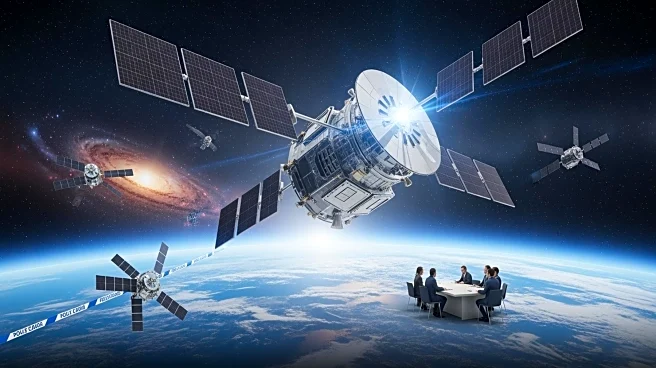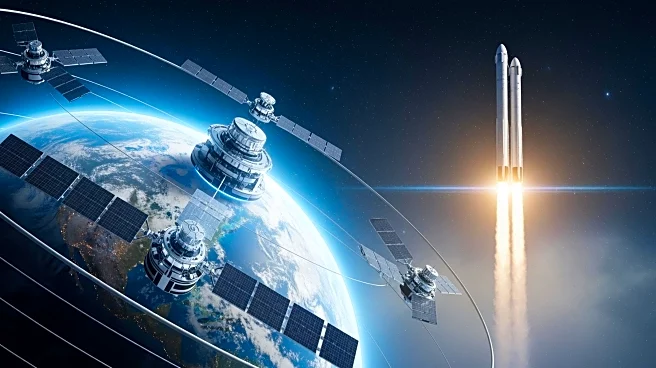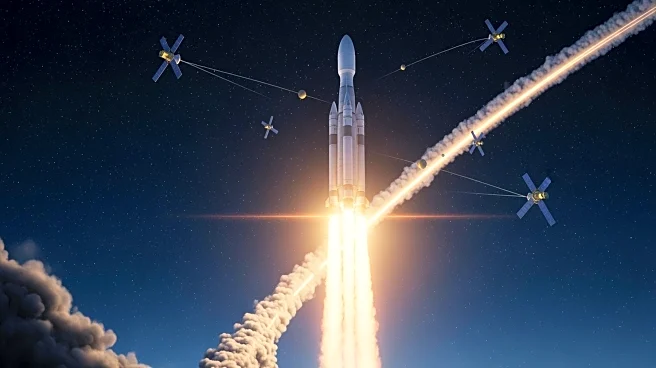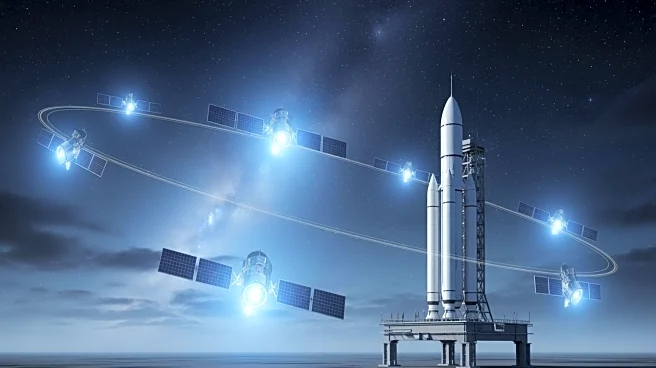What's Happening?
SpaceX is set to launch the SPAINSAT New Generation II satellite aboard a Falcon 9 rocket from Cape Canaveral Space Force Station, Florida, on October 22, 2025. This satellite is part of the SpainSAT NG
program, operated by hisdeSat, aimed at providing secure communications for the Spanish government and military. The satellite, positioned at 29º east longitude, is built on the Space Systems/Loral LS-1300 platform and features advanced X-band, military Ka-band, and UHF transponders. It is designed for a 15-year operational lifetime and will cover North and South America, Africa, Europe, and the Middle East.
Why It's Important?
The launch of SPAINSAT New Generation II is significant for enhancing secure communication capabilities for the Spanish government and military. This development underscores the growing importance of satellite technology in national security and defense operations. The satellite's advanced transponders and flexible antenna system will ensure robust communication across multiple continents, potentially strengthening Spain's strategic communication infrastructure. The collaboration with SpaceX also highlights the increasing role of private companies in facilitating governmental space missions.
What's Next?
Following the launch, the satellite will undergo a series of tests to ensure its systems are functioning correctly. The successful deployment of SPAINSAT New Generation II could lead to further collaborations between SpaceX and international governments for secure communication solutions. Additionally, SpaceX has scheduled several other launches, including Starlink missions, which will continue to expand its satellite constellation and global internet coverage.
Beyond the Headlines
The deployment of SPAINSAT New Generation II may influence other countries to invest in similar satellite technologies for secure communications. This could lead to increased competition in the satellite industry, driving innovation and potentially lowering costs for satellite services. The reliance on private companies like SpaceX for governmental missions also raises questions about the future dynamics between public and private sectors in space exploration.
